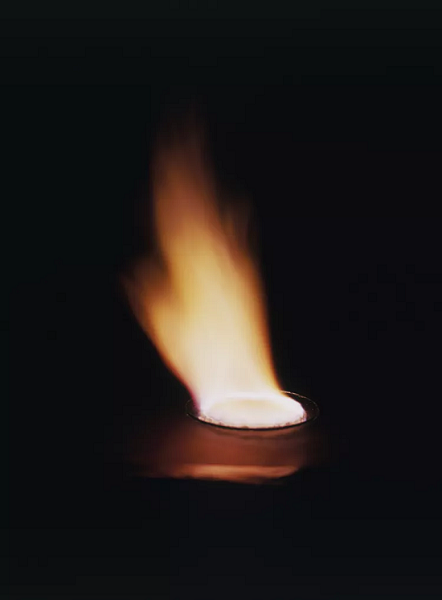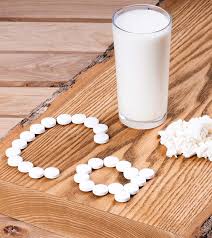What is Calcium used for
Calcium, chemical symbol Ca, atomic number 20, and relative atomic mass (i.e., atomic weight) 40.078, is the third element of the alkaline-earth metals of main group IIA of Mendeleev’s periodic chart. Its name is derived from the Latin word calx, calcis, meaning quicklime. Calcium is a bright silvery-white metal when freshly cut, but on exposure to moist air, it reacts slowly with oxygen, water vapor, and nitrogen in the air to form a bluish-gray to yellow tarnish coating of a mixture of oxide, hydroxide, and nitride.
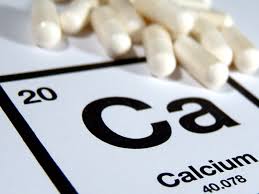
History
Calcium was first isolated by Sir Humphry Davy in 1808. Davy produced calcium amalgam by electrolyzing an aqueous solution of the chloride, CaCl2, using a liquid-mercury cathode such as in the chlor-alkali process employing a mercury cathode. After distilling mercury from the amalgam formed, he obtained the pure calcium metal. His discovery showed lime to be an oxide of calcium. Later, Moissan reduced the calcium diiodide with sodium. The first industrial production of calcium metal was reported in 1904 and attributed to Brochers and Stockem, who prepared it by electrolysis of the molten chloride. This process was discontinued in 1940 and replaced by aluminothermic reduction of the oxide.
Characteristics
Calcium has a facecentered cubic crystalline structure below 300°C. The metal is much harder than sodium but softer than aluminum and magnesium. Calcium ignites and burns in air or pure oxygen above 300°C to form calcium oxide, CaO (i.e., calcia, or quicklime), and reacts rapidly with warm water and more slowly with cold water, evolving hydrogen gas and calcium hydroxide (i.e., spent lime).
Calcium metal reacts strongly with cold fuming sulfuric acid (i.e., Nordhausen’s acid) to give off elemental sulfur and sulfur dioxide. It colors the flame of a Bunsen gas burner with a crimson color (i.e., brick red color). It readily dissolves in liquid anhydrous ammonia, giving a deep blue solution. Owing to its reactivity, it should be stored in airtight containers, in an inert-gas atmosphere, or totally immersed in benzene, heptane, or a mineral oil such as petrolatum, free of traces of oxygen or water.
Uses
Calcium was extensively used by the ancients as the compound quicklime. The metal is used as an alloying agent for aluminum, copper, lead, magnesium, and other base metals. Used in metallurgy as a desulfurizer for ferrous metals, as a deoxidizer for certain high-temperature alloys such as copper and beryllium, and for nickel, steel, and tin bronzes.
It is used in electronics as a getter in vacuum electron tubes to fix residual gases such as oxides, nitrides, and hydrides. It is used in pyrometallurgy as a strong reducing agent in the metallothermic preparation of refractory metals such as Cr, Th, U, Ti, Zr, and Hf, from their tetrachlorides and other metals from their oxides: Be, Sc, and Y. Finally, calcium is used as a dehydrating agent for organic solvents. Alloyed with lead (0.04 wt.% Ca), it is employed as sheaths for telephone cables and as grids for storage batteries of the lead-acid stationary type. Alloyed with cerium it is used in making flints for cigarette and gas lighters. Limelights, formerly used in stage lighting, emit a soft, very brilliant white light upon heating a block of calcium oxide to incandescence in an oxyhydrogen flame.
You may like
Related articles And Qustion
See also
Lastest Price from Calcium manufacturers
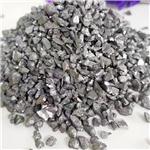
US $200.00-150.00/kg2022-11-10
- CAS:
- 7440-70-2
- Min. Order:
- 0.5kg
- Purity:
- 99.9%
- Supply Ability:
- 10000
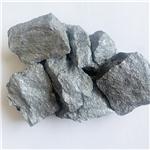
US $200.00-150.00/kg2022-11-10
- CAS:
- 7440-70-2
- Min. Order:
- 0.5kg
- Purity:
- 99.9%
- Supply Ability:
- 10000


